16 Oct Sifting Through Bunker Sand
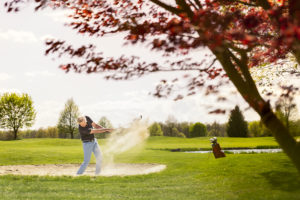
Sand bunkers are considered one of the most frustrating and feared hazards on the course. They exist to test a player’s ability and skill, but for golf course superintendents, they are usually just a headache. In fact, they are generally considered one of the more controversial golf course areas because everyone has an opinion on how it should be cared for, its architecture, and what type of sand should be in it, making it highly subjective and frustrating for those maintaining it. (more…)


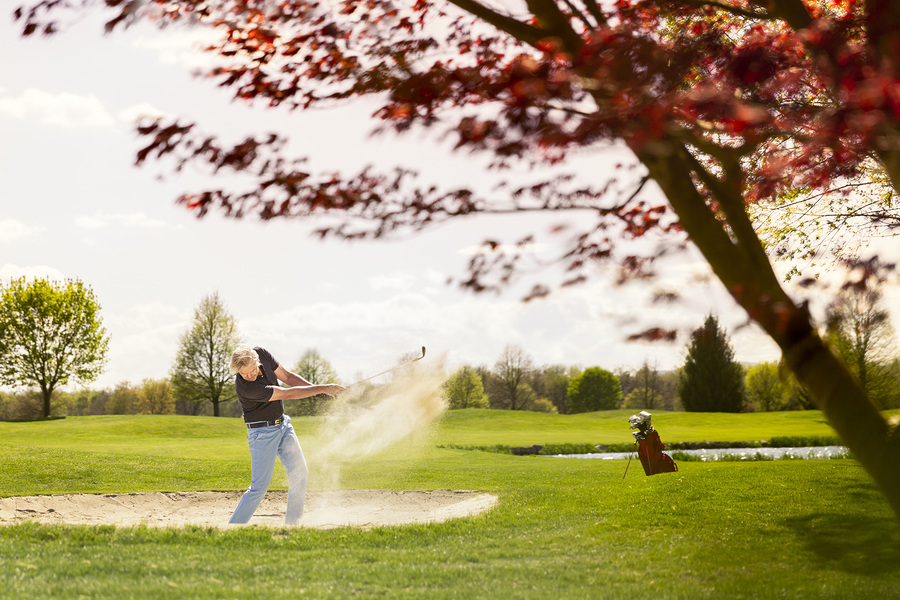
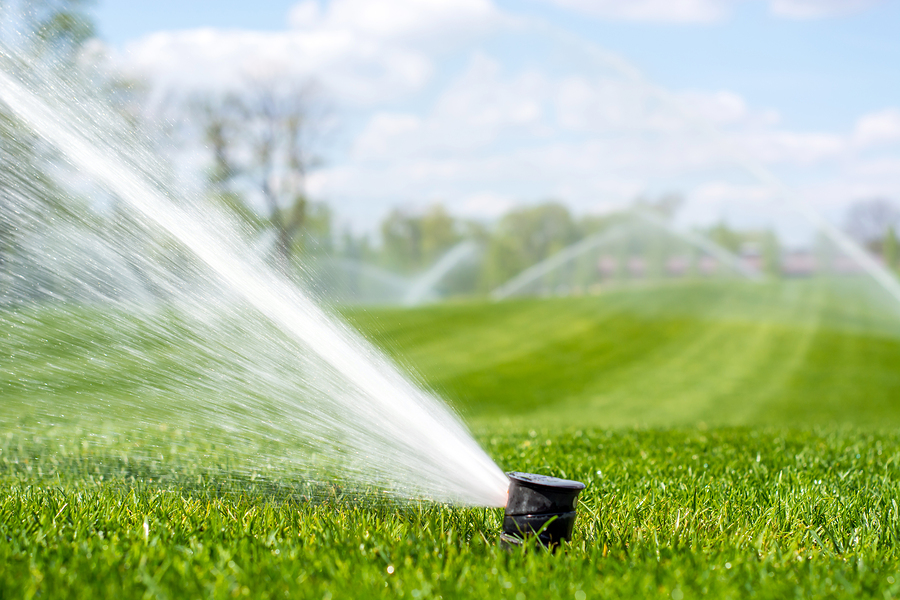
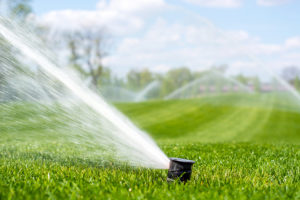 For the turfgrass on a golf course to be healthy and thrive, it needs four standard things: good soil, sunlight, nutrients, and most importantly, water. Having an irrigation system distribute the water evenly and frequently across the course helps managers keep up with that challenge. But when the irrigation sources are varied (which is common on any golf course), it can be tricky to protect the quality of the water. There are many elements that can easily get into it, and then cause costly problems when it’s regularly sprinkled across the grass. Therefore, it’s important for managers to regularly test it to stop any problems before they get started.
For the turfgrass on a golf course to be healthy and thrive, it needs four standard things: good soil, sunlight, nutrients, and most importantly, water. Having an irrigation system distribute the water evenly and frequently across the course helps managers keep up with that challenge. But when the irrigation sources are varied (which is common on any golf course), it can be tricky to protect the quality of the water. There are many elements that can easily get into it, and then cause costly problems when it’s regularly sprinkled across the grass. Therefore, it’s important for managers to regularly test it to stop any problems before they get started. 



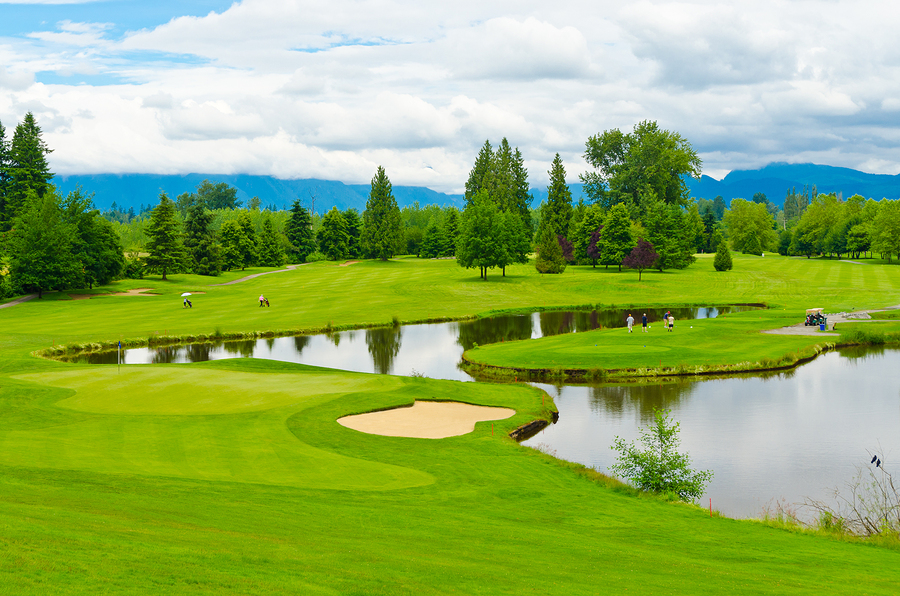
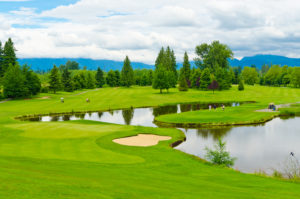
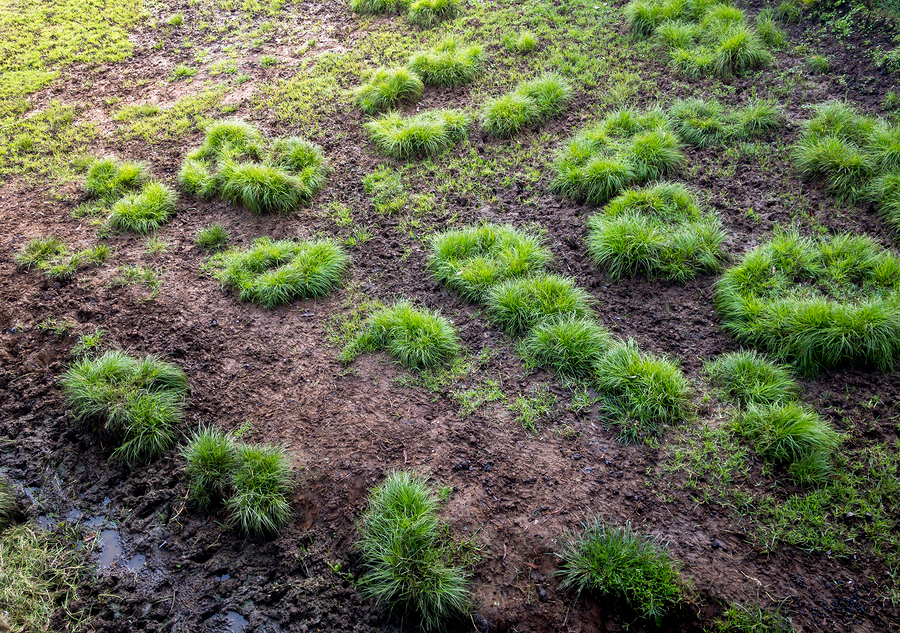
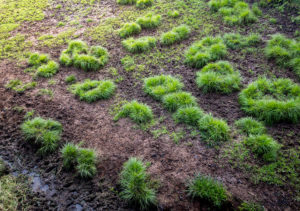 Golf courses are a special animal. On the one hand, it’s a sport built in nature, designed to be played on long, emerald fairways. Golfers appreciate the natural elements – the grass, the sand, the water – it is vital to the art of the game. On the other hand, while golfers are dependent on nature to play their sport, they need that nature to be curated and controlled and nature tends to fight back. One of nature’s strongest armies are weeds. Course managers are waging constant battle on these persistent threats, often with chemical warfare, which can run contrary to a deep appreciation of nature. But, new research is showing nature may be able to fight itself in the form of fescue.
Golf courses are a special animal. On the one hand, it’s a sport built in nature, designed to be played on long, emerald fairways. Golfers appreciate the natural elements – the grass, the sand, the water – it is vital to the art of the game. On the other hand, while golfers are dependent on nature to play their sport, they need that nature to be curated and controlled and nature tends to fight back. One of nature’s strongest armies are weeds. Course managers are waging constant battle on these persistent threats, often with chemical warfare, which can run contrary to a deep appreciation of nature. But, new research is showing nature may be able to fight itself in the form of fescue. 
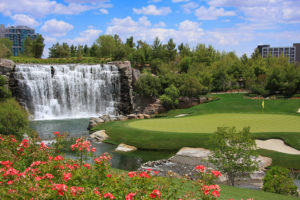 Naturalized areas can provide a great complement to a well-groomed course. Whether it’s a field of wheatgrass or wildflowers, the stark contrast of intensely managed greens set against of field of native plants can leave quite an impression. I’m not suggesting we just let nature do its thing – which can lead to major weed management issues – but, controlled natural environments will help amp up the experience of your field. Here I outline some recommendations to incorporate native plants into your landscape.
Naturalized areas can provide a great complement to a well-groomed course. Whether it’s a field of wheatgrass or wildflowers, the stark contrast of intensely managed greens set against of field of native plants can leave quite an impression. I’m not suggesting we just let nature do its thing – which can lead to major weed management issues – but, controlled natural environments will help amp up the experience of your field. Here I outline some recommendations to incorporate native plants into your landscape. 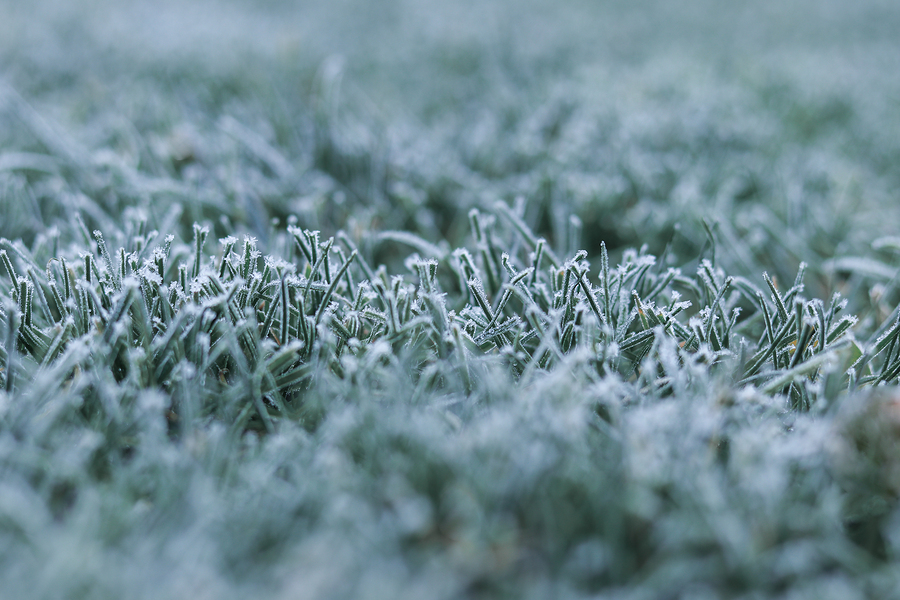
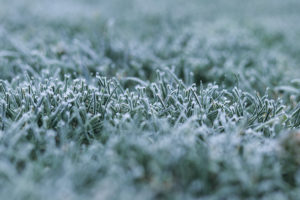 Temperatures this week have been a bit… extreme in the Northern US, in case you haven’t noticed. There are endless news reports about the impact these temps are having on people, travel, and every other thing, but I can’t help but think to Spring and what this dramatic cold snap will do to my clients’ courses across the Northeast. While cold weather can do some good, like killing off all the crabgrass, Winter Kill can cause major headaches for turf managers. I thought I’d talk a bit about what it is, how to help prevent it (not this year!), and how to recover from it.
Temperatures this week have been a bit… extreme in the Northern US, in case you haven’t noticed. There are endless news reports about the impact these temps are having on people, travel, and every other thing, but I can’t help but think to Spring and what this dramatic cold snap will do to my clients’ courses across the Northeast. While cold weather can do some good, like killing off all the crabgrass, Winter Kill can cause major headaches for turf managers. I thought I’d talk a bit about what it is, how to help prevent it (not this year!), and how to recover from it.  Great turf starts with healthy soil, but what does healthy soil start with? Before we dive into the specifics, it needs to be recognized that for something to have “health”, it must be a living thing. So how can soil be alive? It’s a vital, living ecosystem, full of organisms like bacteria, algae and fungi. It’s not just a growing medium, but its own entity.
Great turf starts with healthy soil, but what does healthy soil start with? Before we dive into the specifics, it needs to be recognized that for something to have “health”, it must be a living thing. So how can soil be alive? It’s a vital, living ecosystem, full of organisms like bacteria, algae and fungi. It’s not just a growing medium, but its own entity.  A lot of people can get turned off by the term consultant. Sounds like a middle man, an extra step that adds cost to a project that can be avoided with a little research and legwork. But, I assure you, when it comes to creating a vibrant, lush golf course, bringing in an expert that uses testing and data to back up recommendations can be an absolutely invaluable move. So just what do I do?
A lot of people can get turned off by the term consultant. Sounds like a middle man, an extra step that adds cost to a project that can be avoided with a little research and legwork. But, I assure you, when it comes to creating a vibrant, lush golf course, bringing in an expert that uses testing and data to back up recommendations can be an absolutely invaluable move. So just what do I do?